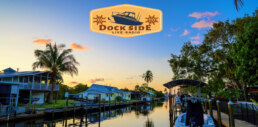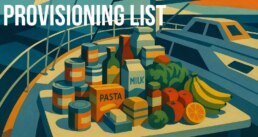Dock Side Live Radio
🎶 Dock Side Live Radio: Where the Music Meets the Water
For cruisers, music isn’t just background noise—it’s part of the journey. That’s why Dock Side Live Radio has quickly become the go-to soundtrack for the boating lifestyle. Streaming 24/7, It’s more than a station—it’s a lifestyle community that celebrates boating, and the music that inspires the cruising spirit.
Why Cruisers Love It
• Curated for the Water: Whether you’re on passage, anchored in a quiet cove, or enjoying sundowners at the dock, the station’s mix of laid-back coastal country, upbeat island grooves, and classic boating anthems sets the perfect mood.
• Global Reach: With a simple app download, Dock Side Live is available anywhere in the world—keeping cruisers connected to the marina lifestyle even thousands of miles offshore.
So the next time you set sail, let Dock Side Live Radio be your companion at sea. Plug in, turn it up, and feel the music that transforms every passage into a memory.
Download the Dock Side Live Radio app on the Apple App Store and Google Play or listen today.


